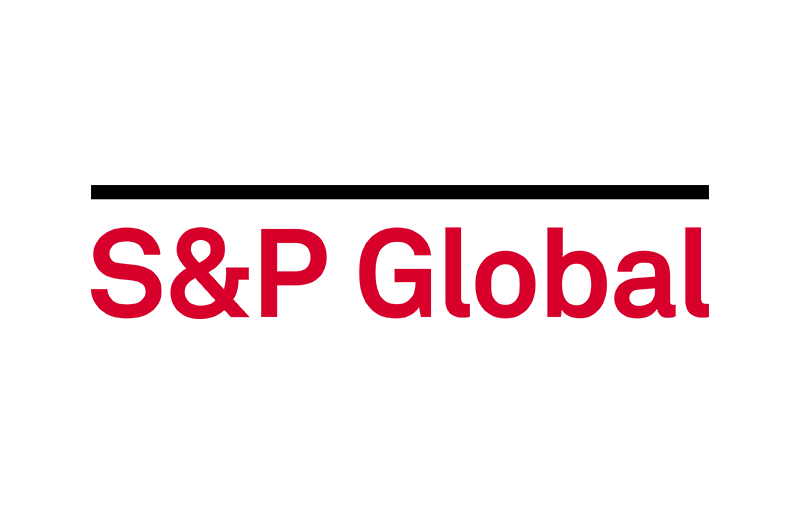
We immerse leaders in the forces shaping the future—so they can build resilient organizations and industries for tomorrow.
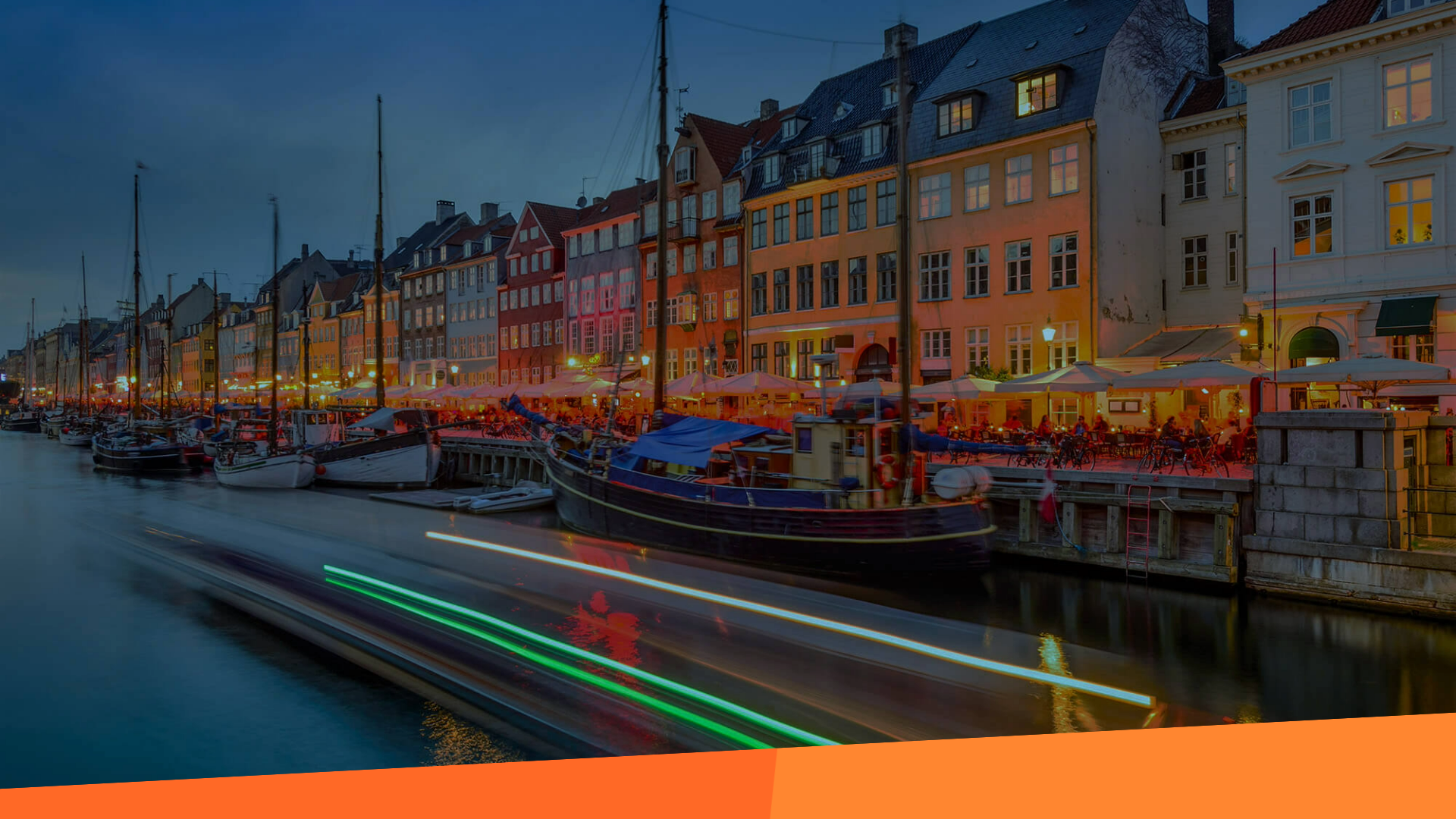
Transformation happens at three levels:
INDIVIDUAL
Wise, agile leaders: Engage with global megatrends to turn insights into strategic action. Deepen awareness and courage to achieve ambitious goals.
ORGANIZATIONS
High-performing teams: Cultivate cohesive, values-driven cultures. Align strategy with impact to thrive in disrupted environments.
ECOSYSTEMS
Multi-stakeholder communities: Foster trust and alignment among diverse stakeholders. Accelerate solutions to global challenges.

We help organizations respond to the opportunities of the 2020s, such as:
Leaders we’ve helped
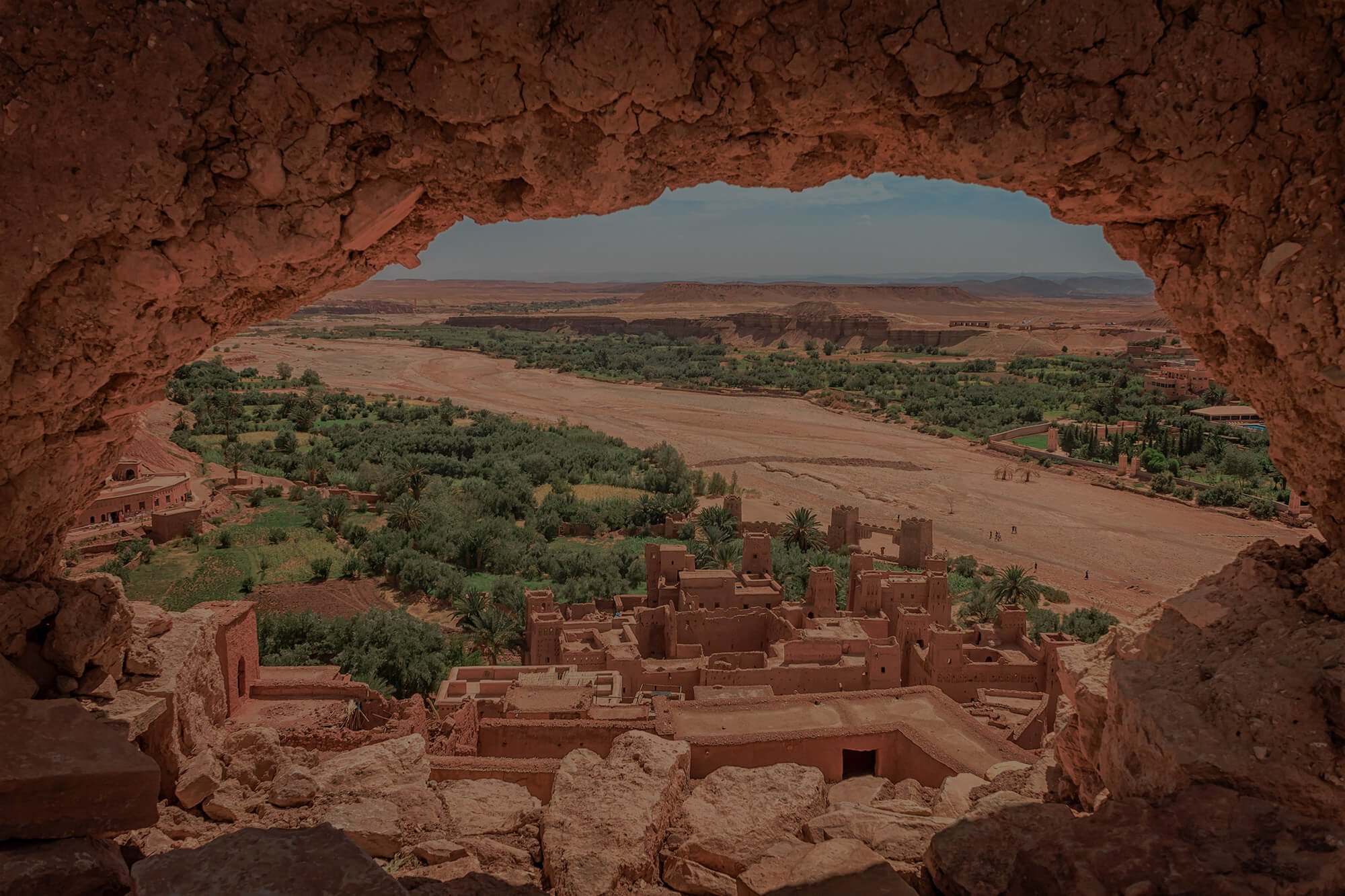
Our approach to change
Clients don’t just see change, they also feel something different when they work with us. Unexpected connections, unforgettable learning, and exposure to new ways of working inspire people in ways that last for years.







